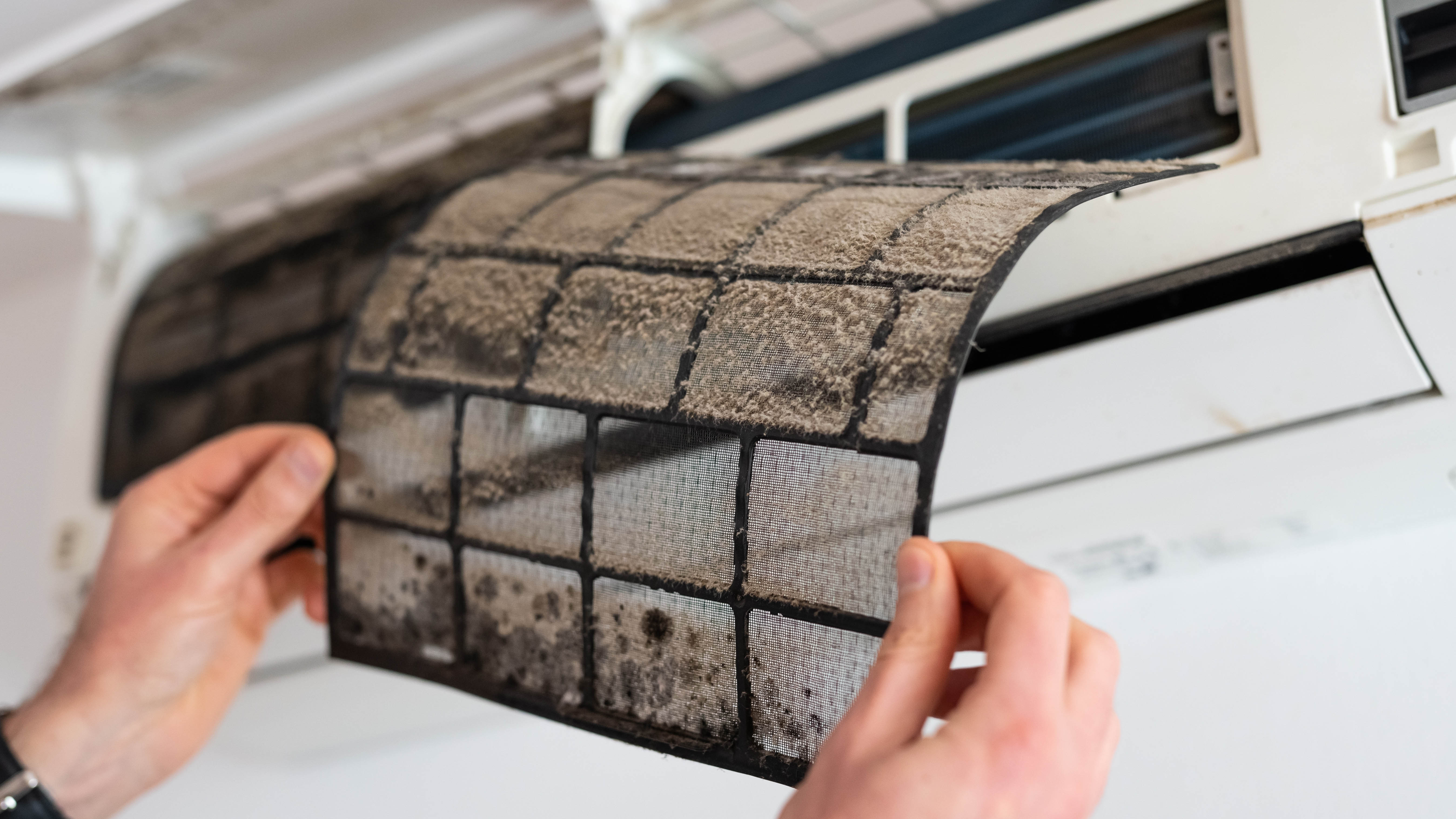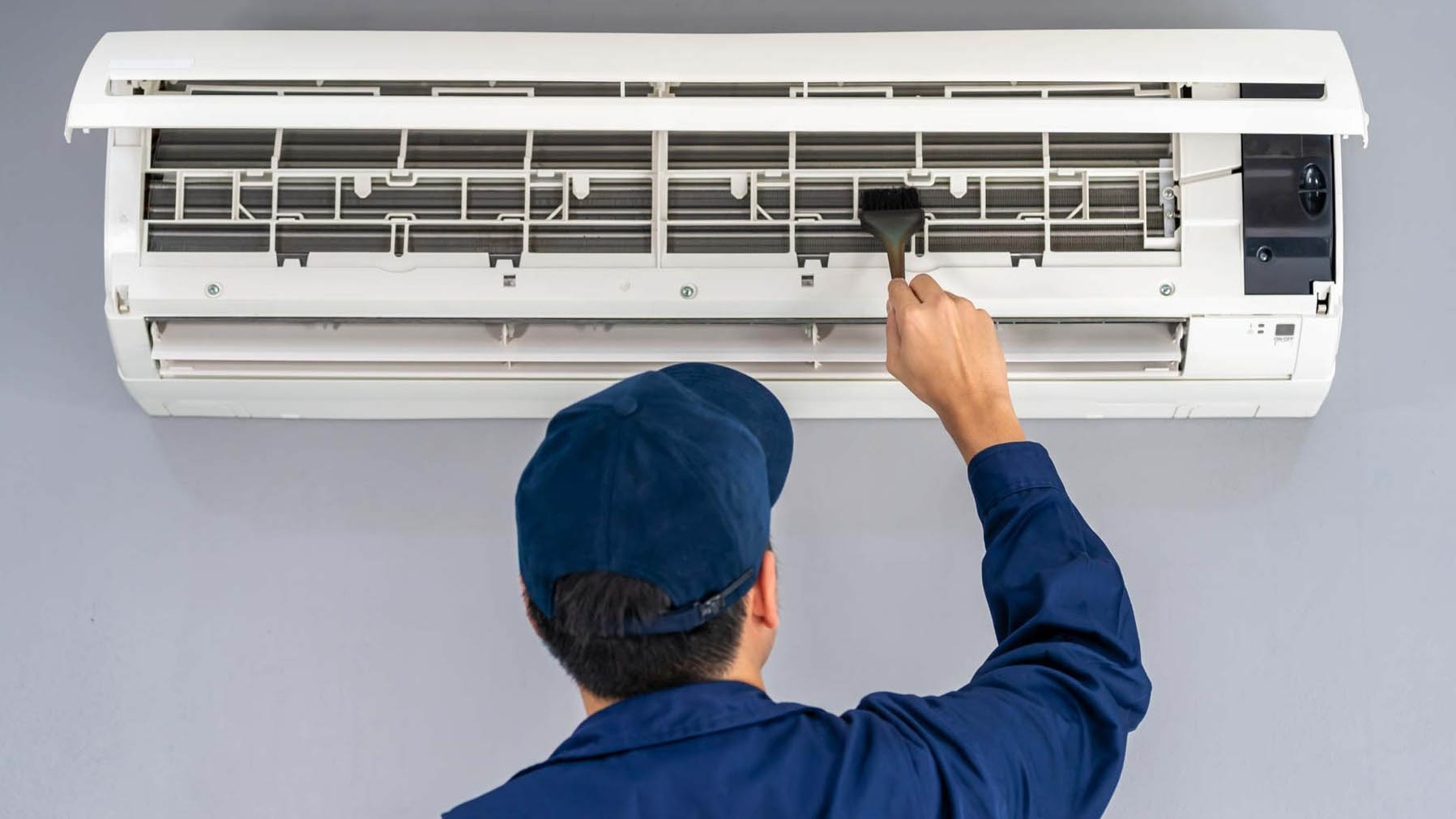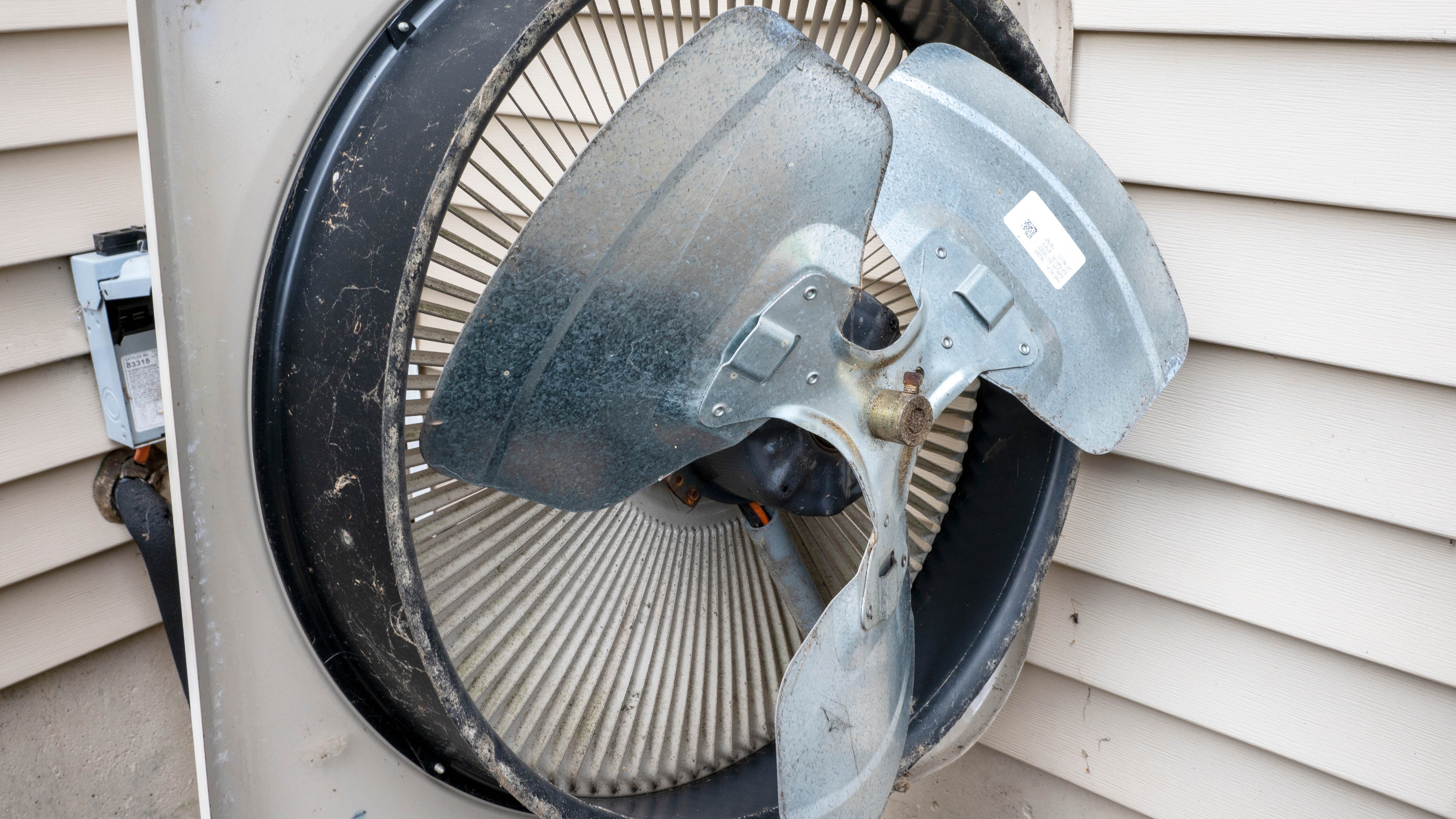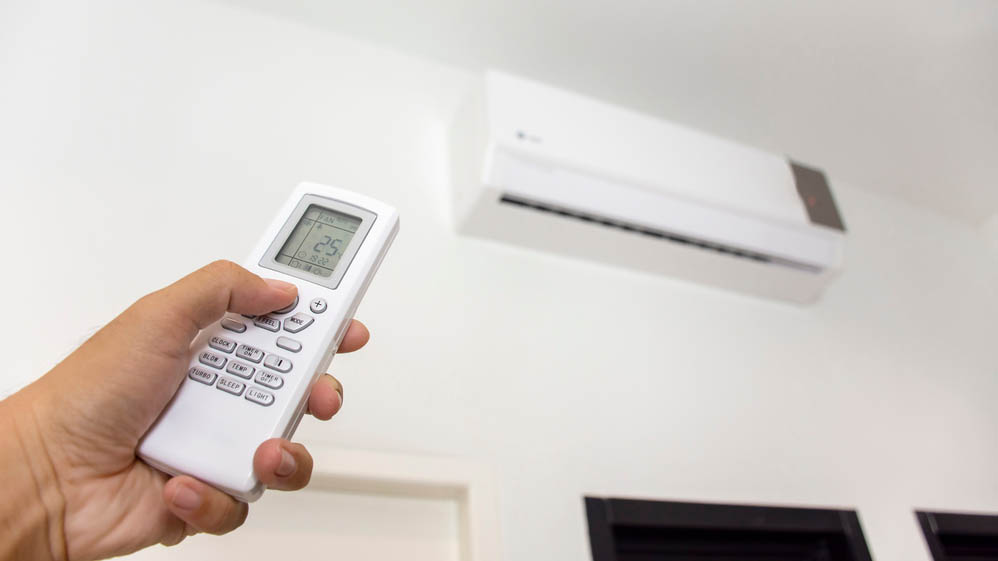5 ways to prepare your AC for a heatwave
Here’s how to prepare your air conditioner for a hot summer

Summer is here and many households are already blasting their air conditioners to keep cool and comfortable. But before it reaches unbearable temperatures, you’ll want to make sure you get the most out of your AC, so that it works efficiently. After all, the last thing you want is for your unit to break down in the middle of a heatwave!
Like most systems around the home, even the best air conditioners need regular maintenance to get the job done well — and often gets neglected. Preparing your air conditioner unit in advance will not only make sure it runs well, ready to handle the heat, but will improve air quality. So, if you want to remain cool during those hot months, follow these simple steps to prepare your AC for a heatwave.
Before you start doing anything to your air conditioner unit, you should always turn off the power to the condenser at the service panel.
1. Change or clean the air filters

First, check your air filter to see whether it needs cleaning or replacing. Since the main job of this filter is to trap unwanted airborne pollutants and dust in the air, this can get clogged over time.
In addition, dirty filters need to work twice as hard in a heatwave, which often results in breaking down. That’s why changing the air filter regularly will keep your home air conditioning unit running more efficiently.
When taking out the existing air filter, experts suggest holding it up to a light. If you're able to see through the filter, it doesn’t need urgent replacing, and just a good clean. However, if you can’t see through the filter, then it’s time to ditch it for a new one. You can choose between HEPA, pleated, washable, and fiberglass air filters. Depending on the type of filter, it’s advisable to replace filters every 30 days for a standard 1” filter and less often for higher-quality filters.
2. Clean your inside unit

Next up, you’ll need to clean your inside unit properly to ensure it runs at optimal level. Always turn off the circuit breaker attached to your AC system for safety and to avoid the risk of an electrical problem. Then, remove the access panel on the indoor air conditioning unit.
Sign up to get the BEST of Tom's Guide direct to your inbox.
Get instant access to breaking news, the hottest reviews, great deals and helpful tips.
Cleaning the evaporator coils, which can have a build-up of debris over time. For this, use a dedicated, foaming cleanser designed for the coils — which will dissolve the debris that will fall down into the drain pan.
Once that’s all cleaned and grime-free, tackle the drain pan and the drain pipe. Again, both components can gradually get clogged with hard water/limescale and build-up of debris. It’s advisable to mix a solution of bleach and water to thoroughly clean both of these components. In addition, this will prevent the risk of a water backup due to any blockages in the pipe or drain. Reinstall the access panel before tackling your outdoor unit.
For more cleaning tips, here’s how to clean an air conditioner and keep it running like new.
3. Clean your outdoor AC unit

To do this, start by removing the AC unit grille. Take a garden hose to wash out any loose debris that is on the fins or other components of your compressor unit.
Next, you’ll need to use a special cleaning solution to properly clean the condenser coil. You can easily find this at your local hardware store or online such as this Coil Cleaner for AC Unit ($33, Amazon). Since this is a strong solution that works well to easily lift and remove stuck-on dirt and grime, always use with caution and keep away from children and pets.
4. Check and straighten the fins

Another top tip is to check the metal fins of your outdoor compressor unit. These small pieces can easily bend, which can affect the air being dispersed properly from your AC system. If you notice that some fins are bent, it’s best to use a fin comb to straighten the bent fins back out.
If in doubt, you can always call a HVAC technician to perform these maintenance checks.
5. Program your thermostat for summer

Finally, test your thermostat by running your HVAC unit at the same time. This will ensure they’re both working properly, and in an energy-efficient manner. According to the Department of Energy (DOE), it’s ideal to set it at 78 degrees when you’re home and 80 degrees when you’re away.
Once the outside temperature reaches past 90 degrees, your system has to work hard. And so the closer the indoor temperature is to the outdoor temperature, the more efficiently your AC will work.
What’s more, if you own one of the best smart air conditioners, you can control the thermostat remotely from your smartphone. That way, you can make sure they’re off when you’re not home, so you’re not wasting energy. Smart air conditioners can also be connected to Alexa and Google Assistant, so that you can create automations around your home. For instance, you can create a routine to turn your air conditioner on automatically when you return home, and turn it off when you leave.
More from Tom's Guide

As the Homes Content Editor, Cynthia Lawrence covers all things homes, interior decorating, and garden-related. She has a wealth of editorial experience testing the latest, ‘must-have’ home appliances, writing buying guides and the handy ‘how to’ features.
Her work has been published in various titles including, T3, Top Ten Reviews, Ideal Home, Real Homes, Livingetc. and House Beautiful, amongst many.
With a rather unhealthy obsession for all things homes and interiors, she also has an interior design blog for style inspiration and savvy storage solutions (get rid of that clutter!). When she’s not testing cool products, she’ll be searching online for more decor ideas to spruce up her family home or looking for a great bargain!
